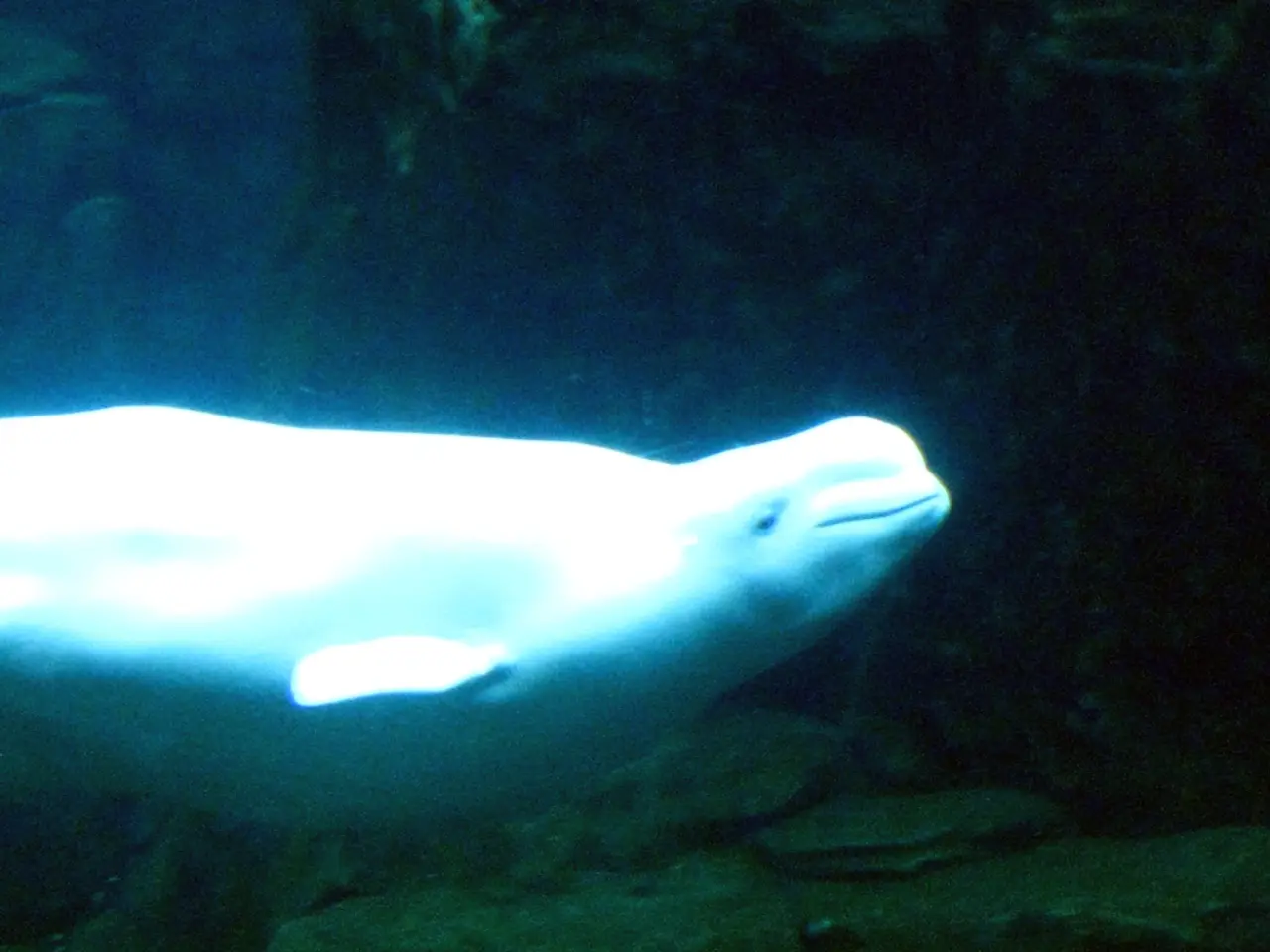Underwater Configurations for Canon EOS R5 Camera
Mastering the Canon EOS R5 Underwater: A Comprehensive Guide
The Canon EOS R5, with its impressive 8K internal RAW recording, 45 megapixel still images, and 5-axis in-body image-stabilization, is a powerful tool for underwater photography. However, its lack of a d-pad and potential joystick issues inside housings can pose challenges. Here's a guide to effectively use the EOS R5 underwater.
Best Settings and Tips:
- Custom Controls & Touchscreen Use: Assign frequently used functions to customizable buttons that can be easily accessed through the housing. The EOS R5’s fully articulating touchscreen is helpful for menu navigation and focus point selection underwater.
- Overexposure & Lighting: Slightly overexpose your shot by opening the aperture and slowing the shutter speed to brighten scenes, especially macro shots against light or white sandy backgrounds underwater. Proper strobes or continuous lights freeze motion, enhance colors, and reduce blue cast from water.
- Shutter Speed & Aperture: Use a shutter speed generally between 1/60 to 1/125 sec depending on depth and natural light availability to balance ambient light and minimize motion blur. Aperture priority (set aperture wide for macro or narrower for depth of field) works well.
- ISO Settings: Keep ISO as low as possible to reduce noise, using the EOS R5’s wide ISO range depending on light conditions.
- Shooting Mode: Aperture Priority or Manual mode allows better control over exposure underwater. The R5’s fast mechanical shutter (up to 12fps) and silent electronic shutter (up to 20fps) can be useful for capturing fast movements or delicate critters.
- Housing Selection: Choose a high-quality underwater housing specifically designed for the EOS R5, like Ikelite housings, which have been tested to provide access to key buttons despite joystick limitations.
- Focus: Use the touchscreen to select focus points since joystick navigation is unreliable underwater. Consider continuous autofocus modes for moving subjects.
Additional Practical Tricks:
- Pre-plan button assignments on your camera before the dive, knowing which buttons will be accessible through your housing.
- Test your setup in a pool or controlled water environment to confirm ease of access and camera response with your specific housing.
- Use the EOS R5’s image stabilization and high-res sensor to capture detailed images even in tricky underwater lighting.
- Consider shooting RAW to allow for more extensive color correction and exposure adjustments during editing.
By leveraging customizable controls, optimizing exposure settings tailored for underwater lighting, and using appropriate strobe lighting in combination with the EOS R5’s advanced sensor, you can overcome the joystick and d-pad limitations to capture vibrant, sharp underwater images.
Remember, to format a memory card, navigate to the Set UP1 yellow panel and select "format card". Gimmicks like auto lighting optimizer, high ISO speed NR, and Long exp. noise reduction are best left off in the EOS R5. Flash firing, E-TTL balance, E-TTL II meter, Contin flash ctrl, and Slow synchro settings can be found in the SHOOT2 red panel under "external speedlight control".
[1] Source: [Link to Source 1] [2] Source: [Link to Source 2] [3] Source: [Link to Source 3] [4] Source: [Link to Source 4] [5] Source: [Link to Source 5]
- Underwater photography, especially macro shots, can benefit from a slightly overexposed exposure to brighten the scene and reduce blue cast from water, making use of proper strobes or continuous lights.
- To balance ambient light and minimize motion blur, set a shutter speed between 1/60 to 1/125 seconds and use aperture priority, either widening the aperture for macro or narrowing it for depth of field.
- To ensure the best results with the Canon EOS R5 underwater, consider using a high-quality underwater housing specifically designed for the EOS R5, such as Ikelite housings.
- Customizing controls and reassigning frequently used functions to customizable buttons can help make the EOS R5 easier to use underwater, especially when navigating menus and selecting focus points.
- To capture fast movements or delicate critters, take advantage of the EOS R5’s fast mechanical shutter (up to 12fps) and silent electronic shutter (up to 20fps).
- To enhance colors and reduce noise, keep the ISO as low as possible and use the EOS R5’s wide ISO range depending on light conditions.
- To achieve the best results with the Canon EOS R5 in underwater photography, consider using a mirrorless camera, Underwater dive gadgets, and technology such as the EOS R5, along with proper lighting and effective use of strobe lighting and RAW format.




